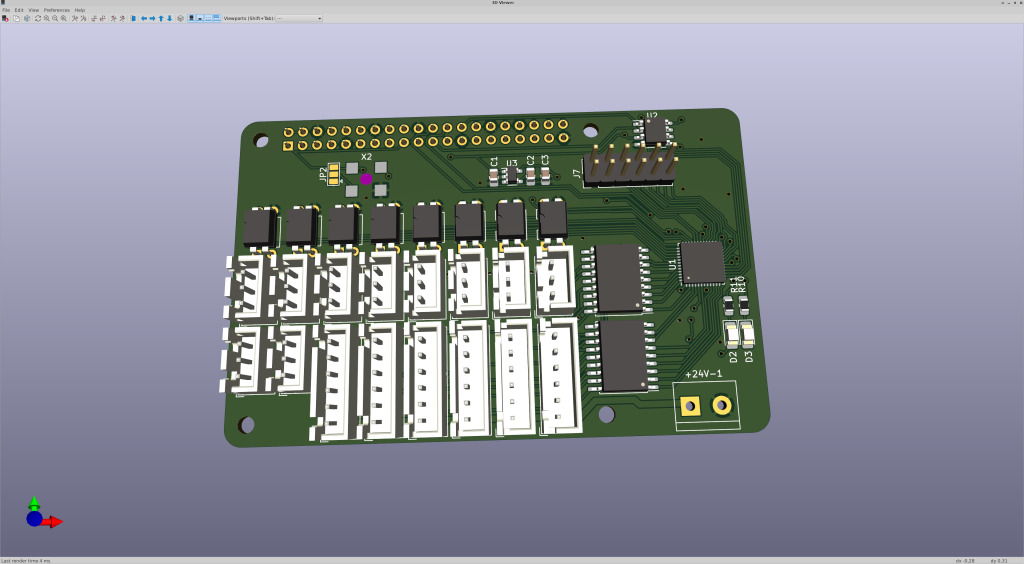Search Results (Searched for: )
- meister
- meister
03 Jul 2024 13:42 - 03 Jul 2024 13:44
Replied by meister on topic LinuxCNC-RIO - RealtimeIO for LinuxCNC based on FPGA (ICE40 / ECP5)
LinuxCNC-RIO - RealtimeIO for LinuxCNC based on FPGA (ICE40 / ECP5)
Category: Computers and Hardware
- hpmax
- hpmax
03 Jul 2024 13:23 - 03 Jul 2024 13:24
- andypugh
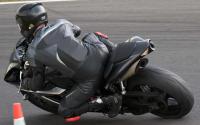
03 Jul 2024 13:19
Replied by andypugh on topic OLD Lathe conversion to a CNC
OLD Lathe conversion to a CNC
Category: Turning
- andypugh

03 Jul 2024 12:46
Replied by andypugh on topic Machine ways warpage compensation with probekins
Machine ways warpage compensation with probekins
Category: Advanced Configuration
- Donb9261

03 Jul 2024 11:57
- Aciera

03 Jul 2024 11:24
Replied by Aciera on topic Trajectory Planner using Ruckig Lib
Trajectory Planner using Ruckig Lib
Category: General LinuxCNC Questions
- Donb9261

03 Jul 2024 11:08
- byunchov
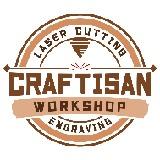
03 Jul 2024 11:07
Replied by byunchov on topic MS300 EtherCAT not going into OP state with CMM-02 (rev 131328)
MS300 EtherCAT not going into OP state with CMM-02 (rev 131328)
Category: EtherCAT
- Donb9261

03 Jul 2024 10:57
- Grotius

03 Jul 2024 10:53
Replied by Grotius on topic Trajectory Planner using Ruckig Lib
Trajectory Planner using Ruckig Lib
Category: General LinuxCNC Questions
- Donb9261

03 Jul 2024 10:48
- zmrdko
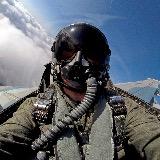
03 Jul 2024 10:44
- Donb9261

03 Jul 2024 10:20
- Cant do this anymore bye all

03 Jul 2024 09:04
Replied by Cant do this anymore bye all on topic Mesa 7i96 Ethernet Socket Problems - LC2.9.2 on Raspberry Pi 4B
Mesa 7i96 Ethernet Socket Problems - LC2.9.2 on Raspberry Pi 4B
Category: Driver Boards
- tommylight
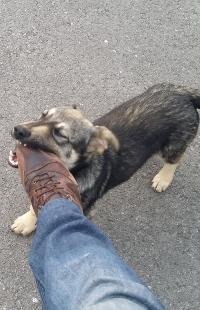
03 Jul 2024 08:50 - 03 Jul 2024 08:50
Replied by tommylight on topic OLD Lathe conversion to a CNC
OLD Lathe conversion to a CNC
Category: Turning
Time to create page: 0.638 seconds


